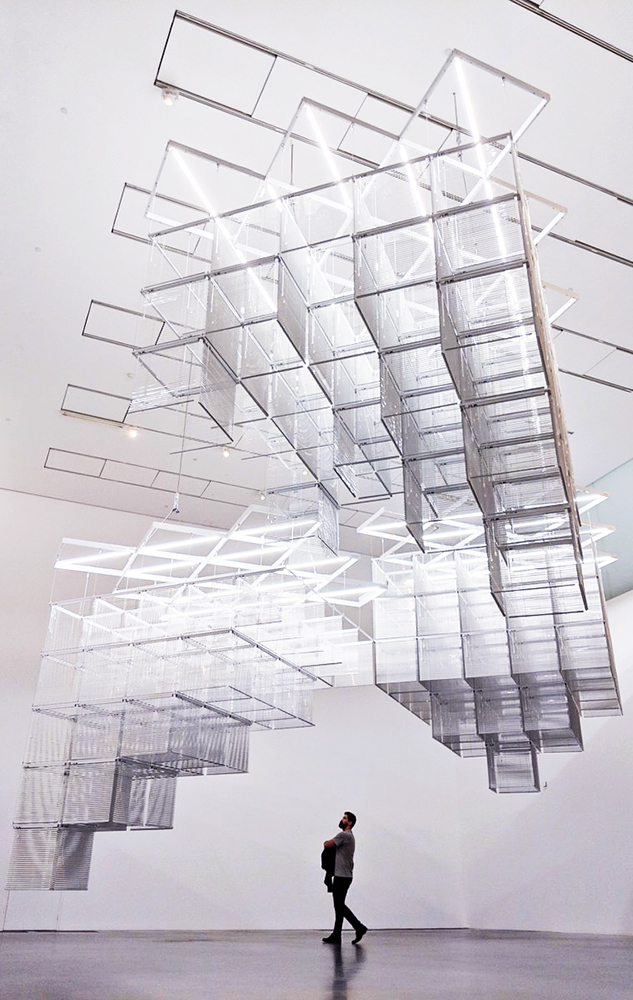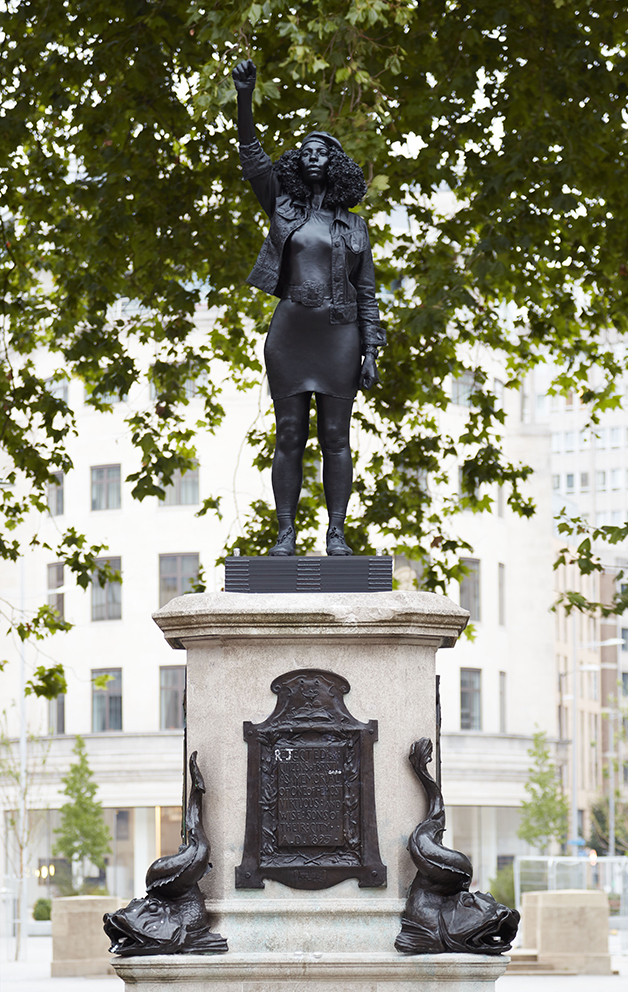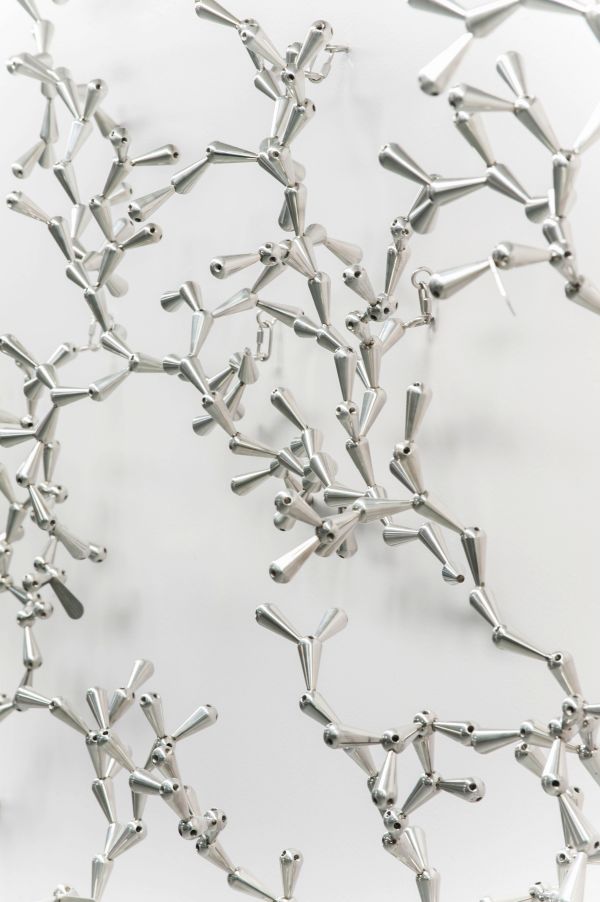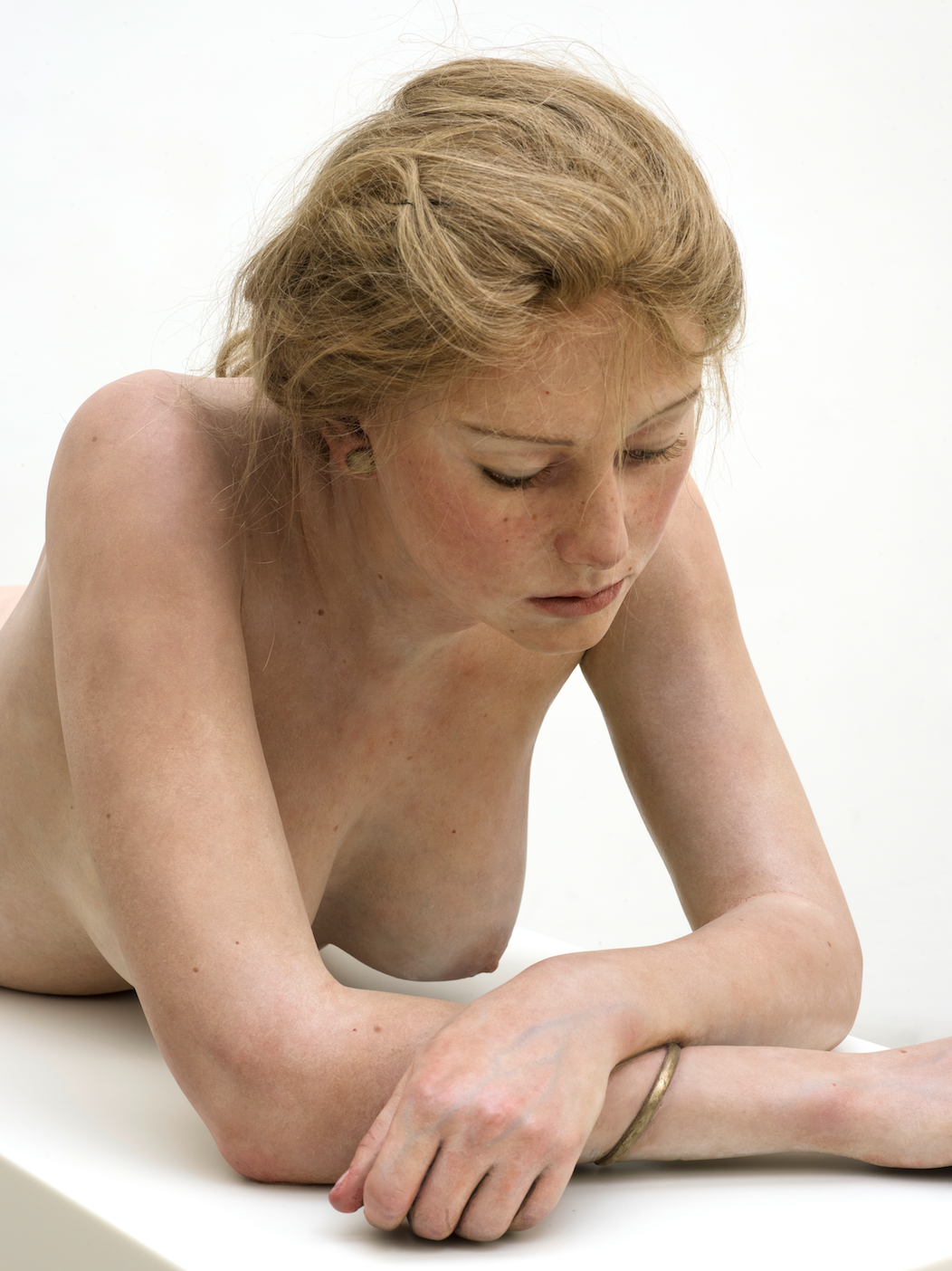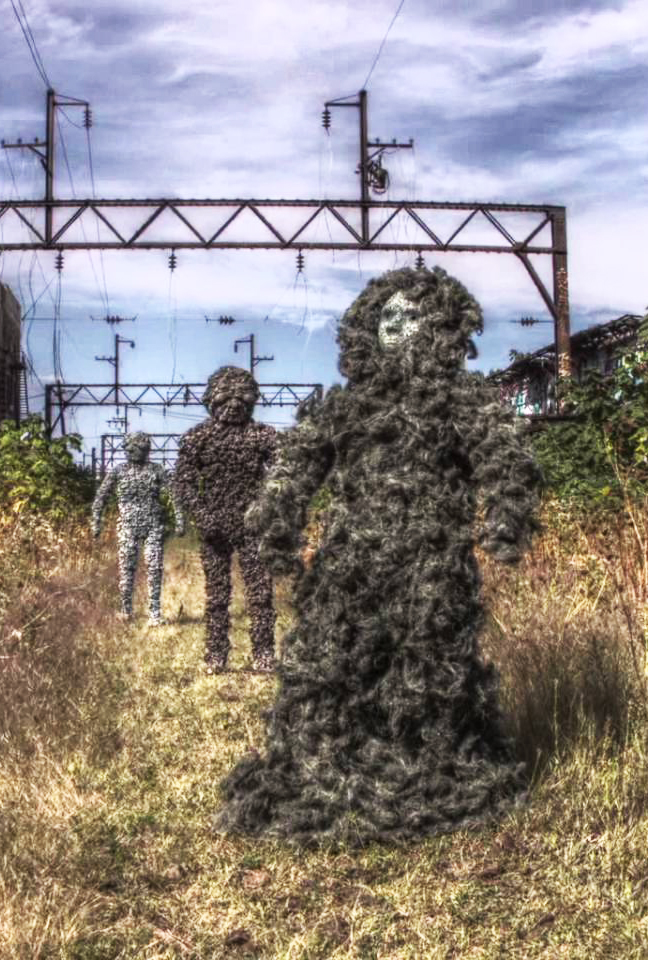
MASAKI FUJIHATA
beyond pages
The data projector loads images of a leather bound tome onto a tablet which a light pen activates, animating the objects named in it – stone, apple, door, light, writing. The soundscore immaculately emulates the motion of each against paper, save for the syllabic glyphs of Japanese script, for which a voice pronounces the selected syllable. Stone and apple roll and drag across the page, light illuminates a paper-shaded desklamp; door opens a video door in front of where you read, a naked infant romping, lifesize and laughing, in.

